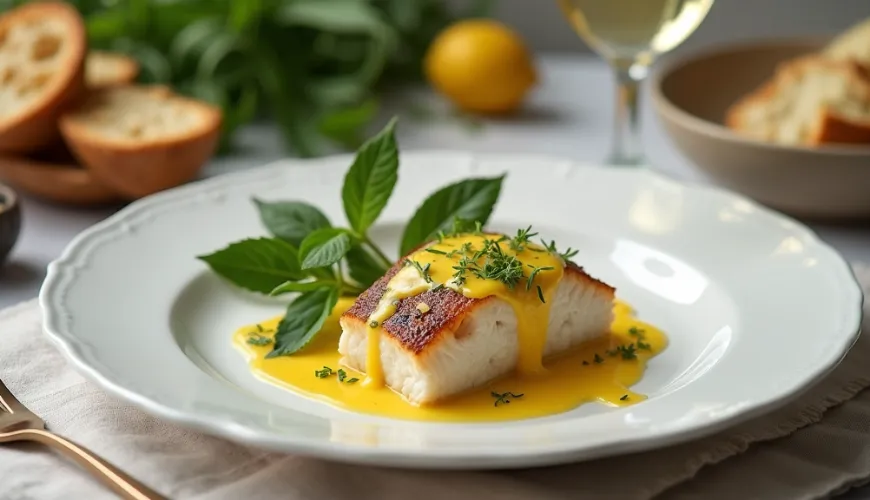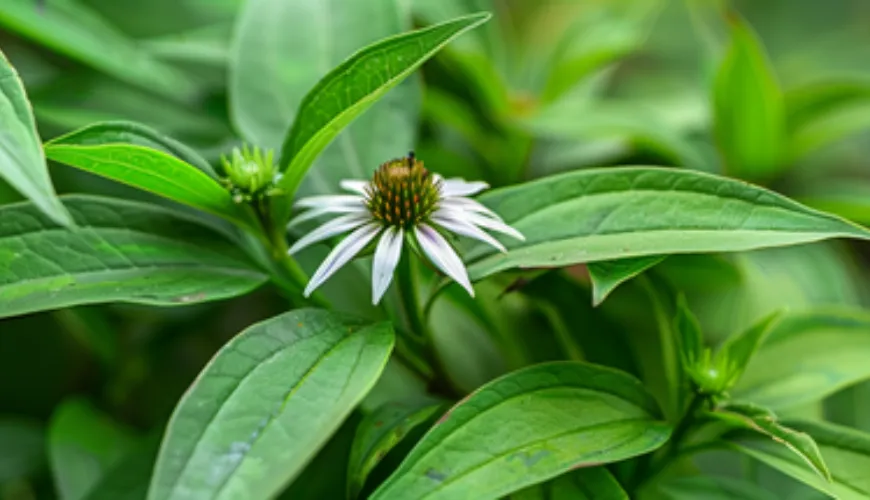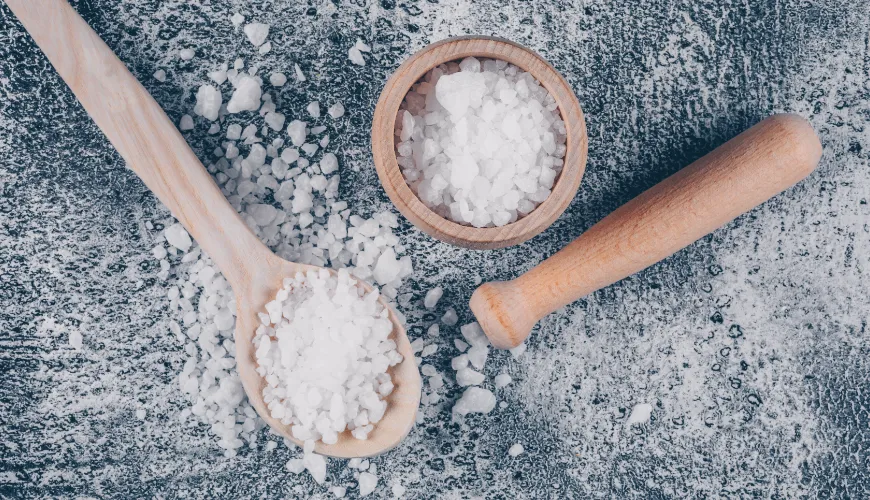
Discover the Magic of Beurre Blanc Sauce and Its Variations

French cuisine is rightfully considered one of the most influential and elegant in the world. Its strength lies in the simplicity of ingredients, precision of techniques, and a deep respect for flavors. One of the lesser-known but equally fascinating examples is beurre blanc, a delicate butter sauce that deserves more attention beyond the borders of France. In gastronomy, beurre blanc is often seen as a sort of test of culinary skill – and although it may sound complicated, it can actually be mastered even at home.
The Butter Sauce That Changed Cuisine
Beurre blanc, literally "white butter," is a French warm emulsified sauce made from butter, white wine, and shallots. It likely originated in the early 20th century in the Loire region, specifically at a restaurant near the city of Nantes. According to culinary legend, it was created by accident when a chef forgot to add cream to a classic béarnaise sauce. The result was a silky smooth cream with a pronounced flavor that quickly gained popularity.
Unlike other butter sauces, it doesn't contain eggs or cream. This makes it unique not only in taste but also in texture. Beurre blanc sauce is rich yet light, with a pleasant acidity from the wine and vinegar reduction that perfectly contrasts the smoothness of the butter. It pairs ideally with fish, seafood, or delicate poultry.
When you think about it, it's no coincidence that this recipe was born in the Loire region – an area known for quality white wine and fresh fish from the river. That's where beurre blanc became an integral part of traditional cuisine.
Beurre Blanc Recipe: How to Master This Delicate Beauty
Although it may seem that creating this sauce is a privilege of professional chefs, in reality, its preparation is quite straightforward – if a few important rules are followed. The key is patience and slowly whisking in cold butter, which must not melt too quickly, or the sauce will "break."
The basic recipe is as follows:
Ingredients:
- 2 small shallots, finely chopped
- 100 ml of white wine (preferably dry, such as Sauvignon Blanc)
- 2 tablespoons of white wine vinegar
- 200 g of cold butter, cut into small cubes
- Salt and white pepper to taste
On medium heat, simmer the shallots with wine and vinegar until only a small volume of reduction remains – approximately two tablespoons. Remove the pan from the heat and gradually whisk in the cold butter cube by cube into the hot reduction. It's important to continuously whisk with a whisk so the butter emulsifies and forms a smooth sauce. The result is a delicate, creamy sauce with a slightly acidic taste that has no visible butter chunks.
If the sauce is left standing too long or heated above 65 °C, it may separate – which is a nightmare for many. However, with a bit of practice, this process becomes entirely natural.
Variations on the Classic
While traditional beurre blanc remains a staple, modern chefs love to play with it. It can be enriched with fresh herbs, lemon zest, fish stock, or even champagne. For example, adding tarragon gives the sauce a distinctly aromatic profile, while a few drops of grapefruit juice add a refreshing citrus note. A vegetarian version can be made without wine, using vegetable broth and a bit of lemon juice.
Some restaurants even experiment with a vegan version using plant-based butters and emulsifiers, although the result never reaches the same depth and flavor as the original.
What Goes Well with Beurre Blanc?
Beurre blanc is most often served with fish such as pike-perch, cod, or salmon. In combination with the butter sauce, they literally melt in the mouth. It's exceptional with scallops or lobster as well. The delicate texture and balance of flavors make beurre blanc a great choice for vegetarian dishes, too – for example, roasted asparagus with this sauce transforms into a gourmet experience.
A practical example? In the family of a renowned chef, beurre blanc has become a favorite part of the Christmas Eve dinner. Instead of traditional fried carp, baked pike is served with potato puree and this sauce. The children loved it so much that they now request it every Christmas. This is proof that even complex-sounding recipes can be accessible in a regular home kitchen.
Beurre Blanc and a Sustainable Household
You might wonder what a butter sauce has to do with a sustainable lifestyle. More than it might seem at first glance. Beurre blanc demonstrates how, from minimal ingredients – which you often already have at home – you can create a dish worthy of a Michelin-starred restaurant. There's no need to buy expensive ready-made products or flavorings full of preservatives. This sauce is a perfect example of how quality basic ingredients and skill in the kitchen lead to sustainable and healthy cooking.
Moreover, if you pay attention to choosing local and organic ingredients – such as butter from organic farming or wine from natural winemaking – you contribute to a smaller carbon footprint and support local producers.
The Timeless Magic of Simplicity
In today's world, where complex recipes with dozens of ingredients are common, returning to simple yet masterfully prepared dishes is like a refreshing breath of fresh air. Beurre blanc sauce is not just about taste – it serves as a reminder that the beauty of gastronomy often lies in the details. And that even a drop of sauce can turn an ordinary meal into a festive experience.
As the famous French chef Paul Bocuse said: "Cuisine is an art that begins with respect for the ingredients." Beurre blanc is a beautiful testament to this. All it takes is a few ingredients, a bit of attention, and openness to experiments – and even a home kitchen can become a place full of flavors, elegance, and small culinary miracles.

